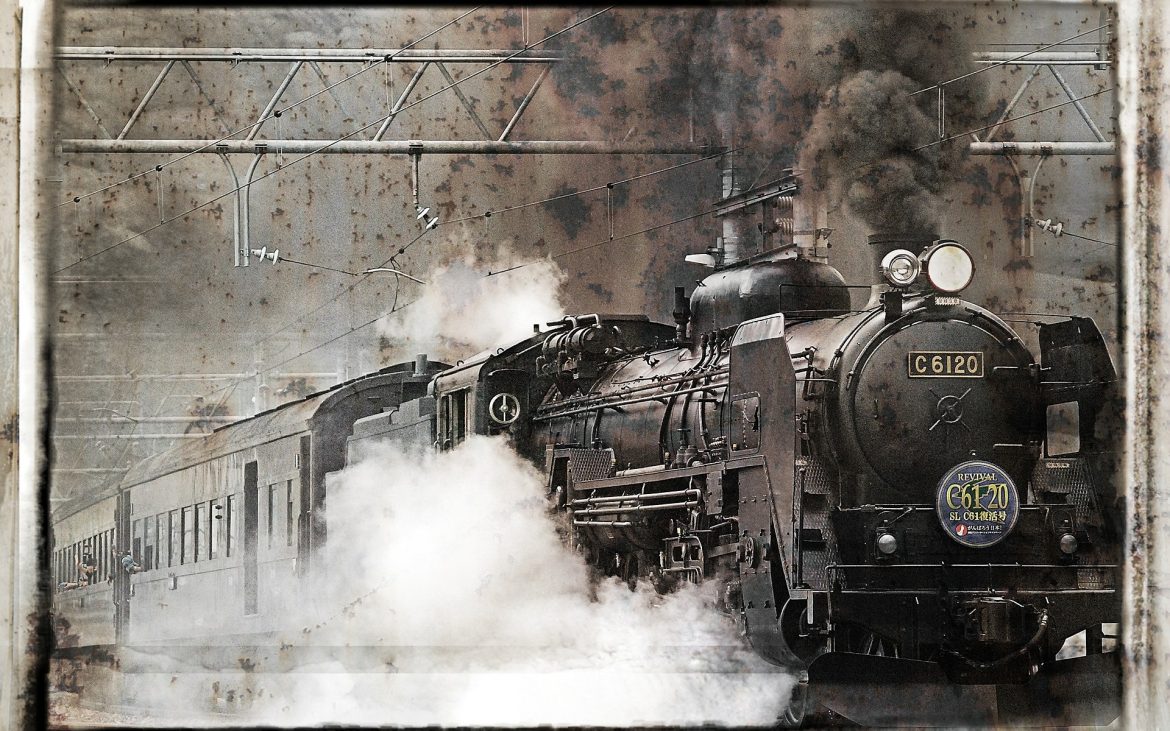T
he railway has come a long way since its introduction in the 17th century. Although the first public railway came to fruition in 1803, these once steam- and coal-powered, conductor-driven freight and passenger-carrying vehicles have now emerged into automatic and even driverless trains.
Technology has transformed the railway industry by enhancing security, improving user experiences and modernizing the entire industry. Here’s how innovation has played a role in developing the railway industry, as well as how it is continuing to shape the train of the future.
From Coal Trains to Automatic Trains
The world’s first trains ran on steam and were powered by environmentally harmful coal, and required conductors to reference printed maps. These coal-powered trains were soon followed by the electric locomotives of the late 1800s, the diesel-powered trains of 1912, hybrid trains and the gas turbine-electric locomotives of the 1930s. However, there were a number of innovative milestones that led to today’s modern trains. One major milestone involved the introduction of trainspotting in the late 1990s, which used an enhanced dispatch tracking system and sensors from AEI tags to monitor wheel defects.
Another important milestone was the agility of hyper-speed rails and high-speed rails in the late 20th century, such as the Shanghai Maglev Train and the Shinkansen — Japan’s bullet train. Dense populations and high gas prices drove the need for these innovative trains and railways, which help save time by enhancing punctuality and improving efficiency.
With each modern advancement, the train of the future continues to manifest. Driverless trains are already ruling the railway in several cities across the world, including Dubai’s automated people movers, which run on bi-directional lines rather than rails. The train of the future will rely on new technologies, such as Li-Fi — which transmits data over LEDs faster and safer than Wi-Fi — to deliver improved internet access for passengers for an enhanced experience.
Modernized Railway Means Greater Benefits
Thanks to continuing technological advancements and innovations, the railway industry is modernizing quickly. Here are a few benefits of this:
- Enhanced Security. Technology reduces risks due to human error. Intelligent automated rail control and connected train cybersecurity have also been enhanced.
- Improved User Experience. Rail capacity is also easier to monitor, as trains are better able to adhere to strict schedules. Services have also been enhanced to improve the customer experience. For instance, people are using driverless trains to connect to local stops, such as the driverless monorail transit systems in Miami and Detroit. Travelers are also able to stay more informed thanks to digital screens and audio systems, such as those used by New York’s MTA and Dallas’ DART.
- Improved Maintenance. With the improvement of the advanced railway systems, maintenance has improved. For example, Big Data can be used to deliver information in real-time so that conductors can properly assess issues or identify patterns before problems arise.
- Reduced Costs. With each innovative milestone, railway companies have been able to save money in the form of reduced labor and operational costs.
- Improved ROI. You get a better return on your investment (ROI) with enhancements, such as predictive maintenance and limited technical breakdowns.
Final Thoughts
With the advancement of technology, the railway system has modernized from a coal-powered train system that required full human intervention to one that embraces automation, Big Data, predictive maintenance and driverless solutions.
These innovations all work to improve the railway industry and drive the train of tomorrow, all of which will improve business’ bottom lines and enhance the traveling experience.
